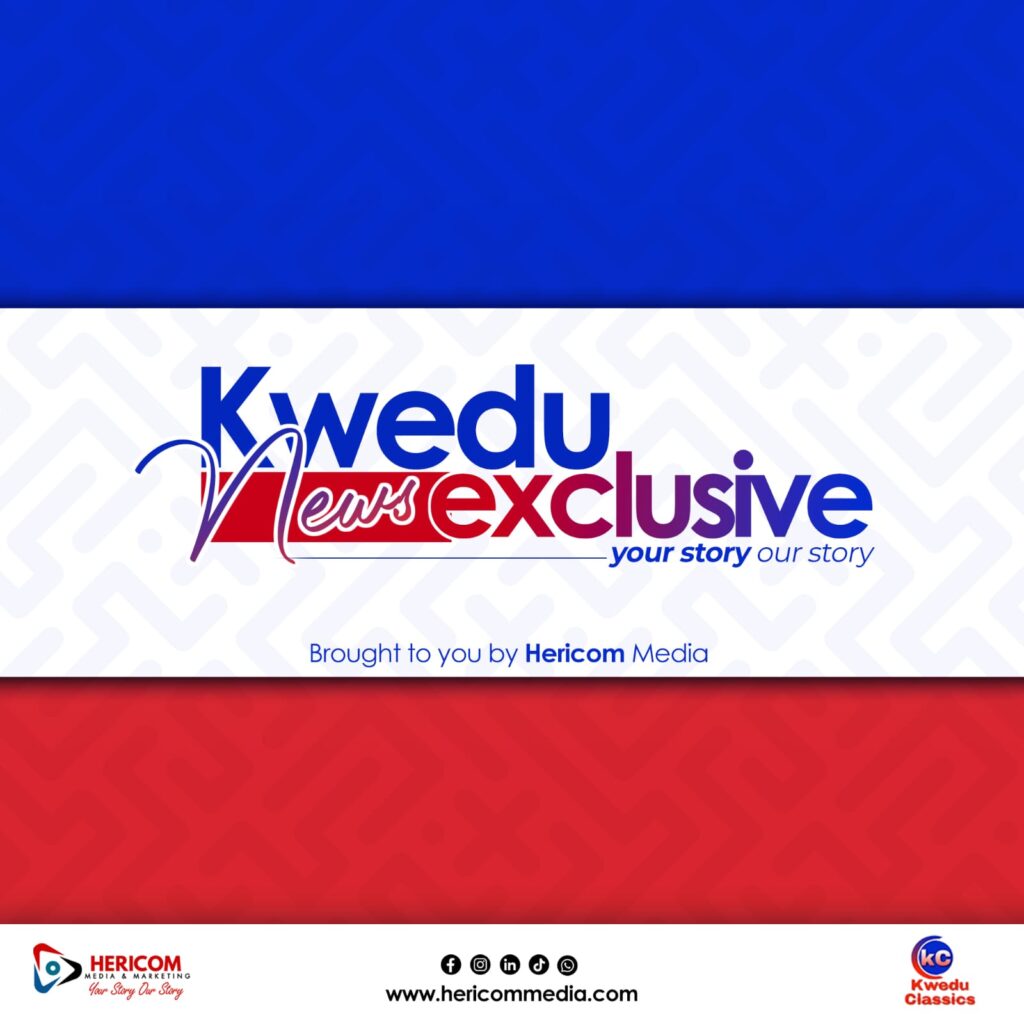Some call it “A Balancing Act Between National Sovereignty and Press Freedom”
By Delicious Mathuthu
Harare – The launch of Zimbabwe’s new Media Policy on 28 May 2025 by President Emmerson Mnangagwa marks a significant turning point in the country’s media landscape.
While government officials have hailed it as a framework for modernisation and national development, critics argue that the policy’s broad language and focus on state interests could potentially constrict press freedom and independent journalism.
In his address at State House, President Mnangagwa positioned the policy as a tool to protect national sovereignty from the perceived excesses of global technology dominance and foreign influence.
He said the policy’s role is to ensure citizens have access to factual, verified, accurate and reliable information and promoting “ethical journalism” aligned with national values such as Ubuntu/Hunhu.
“We are the custodians of our own stories and narratives,” the President said, adding that “The time has come for the world to hear the authentic story of who we are… from our own media and the people of our motherland.”
While the rhetoric points to the administration’s intent to promote national identity, concerns loom over how the policy will be implemented and enforced.
Analysts say the language used, like “content that harms our country has no space in our constitutional democracy” and the emphasis on punishing media practitioners who “demonise our country”, as the President said, raise questions about the potential for censorship.
Media watchdogs and civil society organizations worry that the policy may embolden state regulators to crack down on dissent or critical journalism under the guise of protecting the national image.
There is also apprehension about how the concepts of “content accountability” and “platform regulation” will be operationalized, particularly in digital and social media spaces where freedom of expression is most pronounced.
“The risk is that vague terms like ‘harmful content’ and ‘platform accountability’ can be interpreted to target independent media, especially those that highlight governance failures, corruption, or social unrest,” said one media rights advocate based in the Zimbabwean capital, Harare.
On the other hand, not all aspects of the policy have been viewed negatively.
The commitment to digital modernization, including the licensing of 14 community radio stations in the country, and attempts to invest in Zimbabwe Broadcasting Corporation studio upgrades under the Zim-Digital programme, have been welcomed.
The developments promise to amplify local voices and promote indigenous languages and cultures, some media stakeholders say.
Additionally, the policy’s acknowledgment of the evolving nature of journalism in the digital age, driven by artificial intelligence, data analytics, and online platforms, is a welcome step forward, analysts say, calling for digital literacy, content creator support, and fair taxation in line with global media reform trends.
Yet still, the challenge lies in achieving a balance between national development and democratic principles.
Sections 61 and 62 of Zimbabwe’s 2013 Constitution guarantee freedom of expression and access to information, despite some Acts, including parts of the media policy, countering that freedom.
Some media practitioners say the concern is whether the policy implementation will genuinely uphold the rights of journalists and content creators, or use it selectively in favor of state-aligned media as allegations have been.
“The media must function as a mirror of society,” President Mnangagwa said while on the other hand, for many journalists, that mirror must reflect the truth even when it is uncomfortable.
Critics argue that for the media to play its role as a watchdog and forum for public debate, it must operate independently of political pressure.
Any media regulation must be precise, transparent, and implemented through independent bodies not politically aligned authorities, civil society organisations say.

